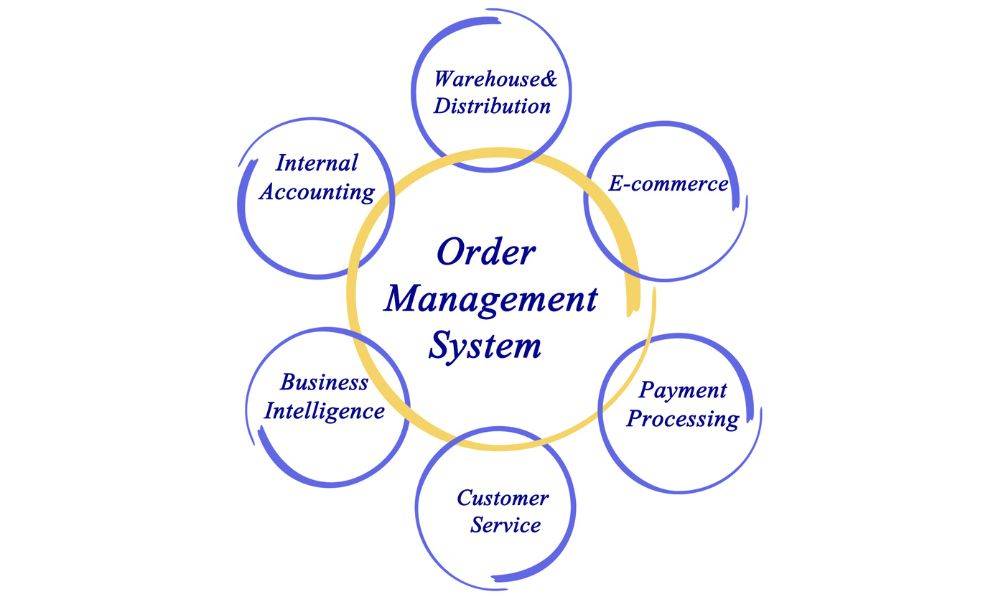The difficulties encountered throughout the A Guide to Order Management System process are well known to those who operate in the economy’s warehousing, retail, or 3PL sectors.
To provide a top-notch customer experience, order management necessitates a smooth alignment of numerous complicated operations, from inventory management and fulfillment monitoring to analytics and reporting.
Order management – what is it?
The goal of order management is to organize and track all sales orders that a company receives, typically through a range of various online and offline channels. However, It often includes the steps required to deliver a purchase to the end user and deal with subsequent returns in e-commerce.
Typical steps in an order management process include:
- Data collection for orders
- Completing payment
- Specifics of receiving orders in the warehouse
- Placing an order in a picking line
- Removing merchandise from shelves
- Assembling the package, shipping it to the consumer, and managing any returns
What is an order management system (OMS)?
An order management system (OMS) ensures that the complete operating system is automated and integrated to standardize each step of the order journey.
Operators can manage and track orders from numerous fulfillment points and arrive through distribution channels thanks to ordering management software for e-commerce. Also, They help service providers automate more quickly and gather all of their data in a single, streamlined interface. However, Over a variety of media, brands may provide a consistent customer experience.
Order management: Why Is It Important?
Order management is crucial because it underpins your ability to provide the services your customers have paid for. When done correctly, it is the essential integrator in creating a seamless brand experience across all channels.
Orders can: without order management:
- Easily overlooked;
- Be untrue or unreliable;
- Take longer than initially promised to ship;
- It could simply remain unfulfilled.
The degree of client experience is greatly diminish as a result. Current or future competitors will likely offer a better user experience.
On the other hand, effective order management enables businesses to profit from selling through several channels. In other words, a company can grow its sales potential while maintaining a consistently high total customer experience.
Retail businesses increasingly rely on automated order management systems to create this seamless ordering experience.
How to pick the ideal OMS
The simplest way to figure out which software is best for your business given that every organization is different and there are many solutions available is to book a quick consultation with one of our consultants. Also, They will rapidly determine whether Focal is the best option to meet your needs.
When selecting an OMS, there are a few crucial factors to take into account and actions to perform:
- Set priorities and goals for your business. Consider the various parties engaged in order management, from suppliers to customers, and their multiple needs.
- A request for proposals should made. Make a specific proposal request (RFP) that you will submit to OMS suppliers, guided by your objectives.
- Send in your proposal, then weigh your options. You should carefully review the offers and decide if they are a good fit for your company.
Your eCommerce business will be simple and effective with all-in-one accounting and inventory management software. Get your hands on it ASAP: https://getfocalsoft.com/












